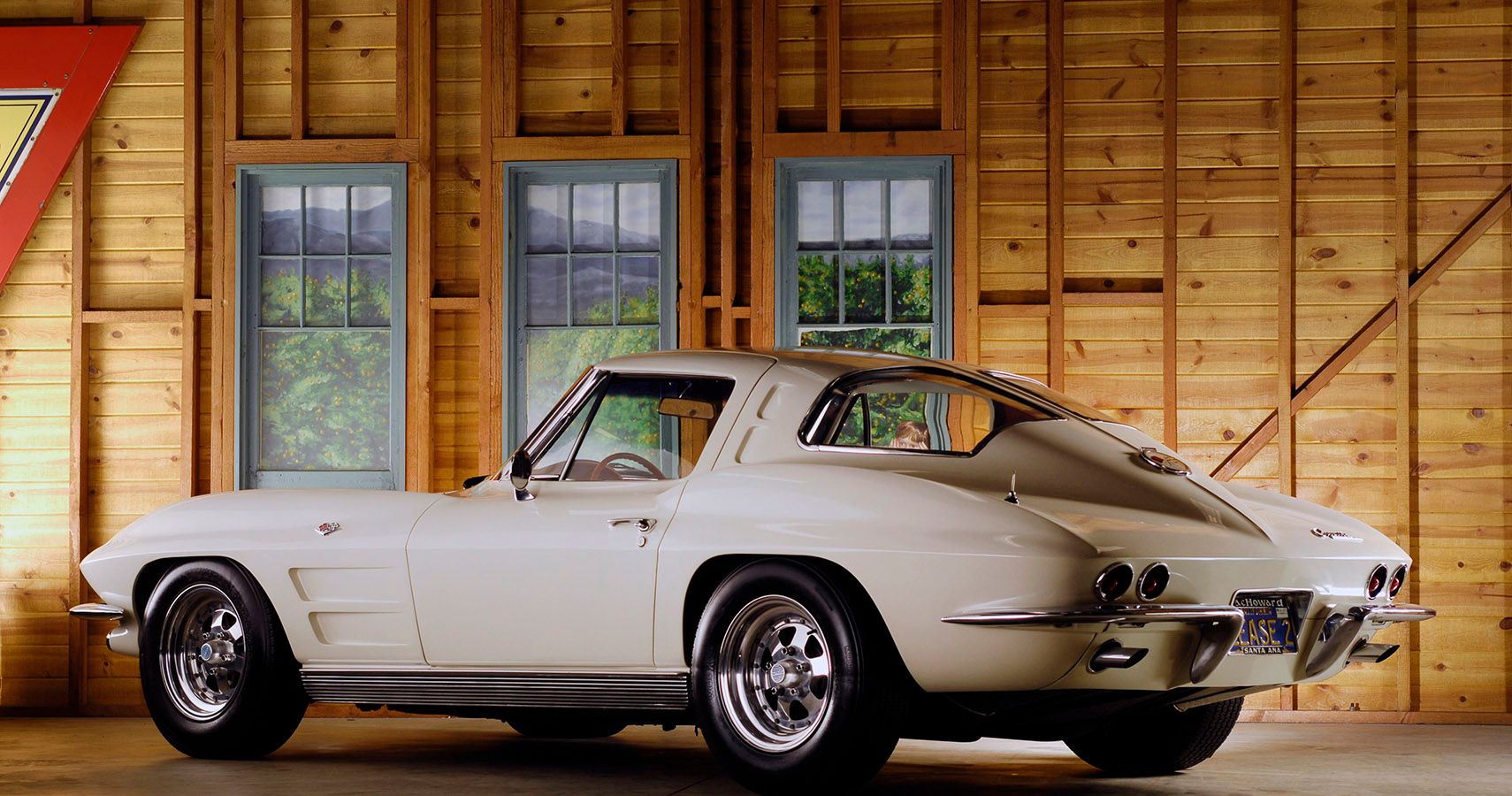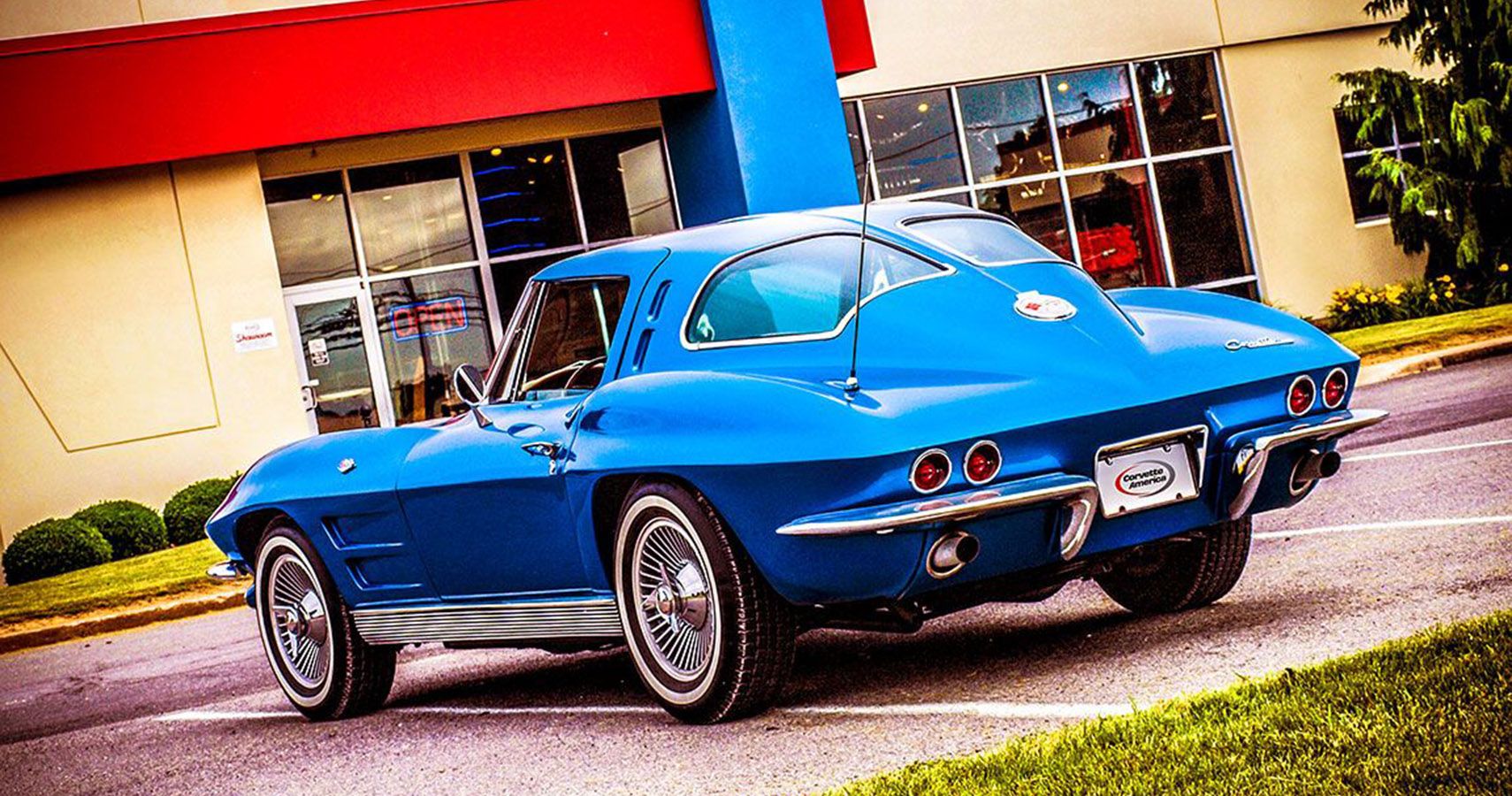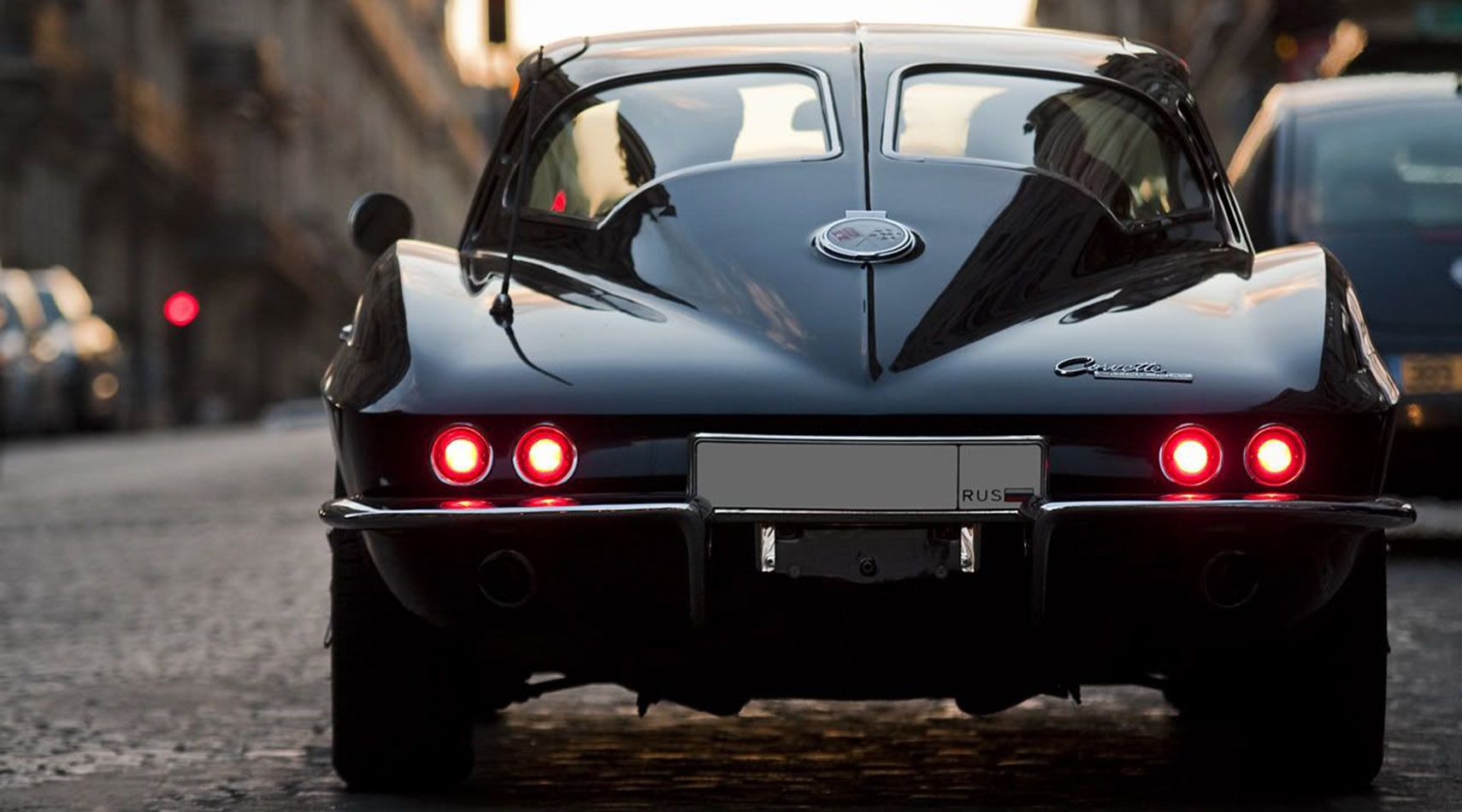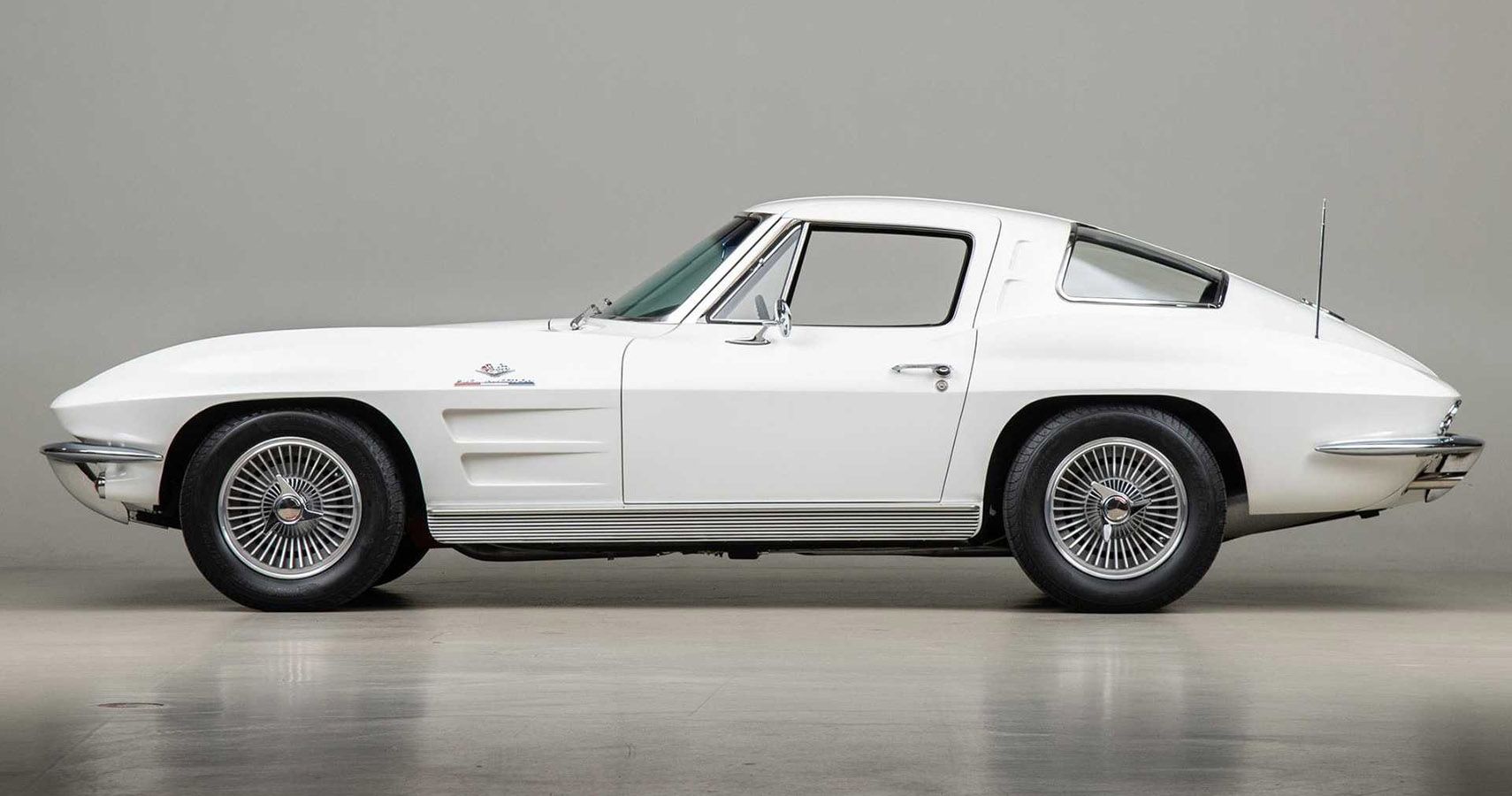The Chevrolet Corvette had America at its debut itself, even though the Corvette of then and of now is way, way different from each other, in terms of safety, speed, and of course, technology. But this was America’s very own sports car and it was loved in ways big and small from the start.
And one of the coolest Vettes ever, in terms of styling and even rarity for that matter is the 1963 split-window model, the only one ever made, unique to that year. While it was a Vette and a fast and sporty drive, it was also one with a very distinguishable feature, that split rear window. This is a car you’d admire if you weren’t a Vette fan or even a car aficionado because just the looks made it stand out.
It’s a vintage, and add to that, it’s a priceless rare vintage. So here’s a bit about the history of the 1963 split-window Corvette and how much it’s worth today…
The 1963 Corvette Sting Ray Specs
The 1963 Corvette Sting Ray took the world by storm. Hidden headlights, a rather sharp front, and that split rear window made it one big hit. The 5.3-liter V8 power mill made 250-360 horses with a fuel-injection, taking this car to top speeds of 120 -150 mph with ease. A 0-60 mph sprint was an agile 5.8 seconds in the fastest trim.
Power brakes, power steering, and power windows were added options, as was air conditioning, the first-ever offered in the Vette. You could have this car in a four-speed manual transmission or even on a two-speed automatic one.
With all the bells and whistles, the C3 Corvette could be yours for $5,500, a rather princely sum for the time, but then again, the Corvette was never one for the stingy-pursed. Sales jumped up, from about 14,500 sold in 1962, to 21,500 in 1963. The C3 was a runaway success, and out of these, it’s the split-window models that were the most desirable back then and the most expensive today.
The Split Behind The Split Window
The split window came from the vision of styling chief William L. “Bill” Mitchell, and his obsession with marine life. True to the stingray’s name, the C3 Sting Ray has gentle peaking fenders, vents on the front fenders, and a “spine” that runs through the car, bisecting it into two. This very split in the back window was created to keep that bisecting stripe in continuity, and Mitchell stuck to his guns even though others at GM were not in favor of the design.
Why, because if you have ever had the honor of sitting at the driver’s wheel of this split-window Corvette, you’ll see that visibility from that rear window is basically next to nothing. The car was bought in droves and GM then proceeded to receive a barrage of complaints in return from the buyers, who said that they could see and predict nothing as to what was on the road behind them. Major problems when backing up, or even driving on a high-traffic, high speed-road. This was the reason why in 1964, the split window was dropped like a hot potato.
In fact, even when this design was presented by Mitchell, Zora Arkus-Duntov, the director of high-performance GM vehicles found it to be a problem and was against it. But such was Mitchell’s bullheadedness that in 1963, his say was done, despite raging red-faced fights between him and Duntov.
Later, it was found that this split-window was also very labor-intensive and took twice as long on the assembly line as opposed to a normal single-piece rear window. So finally, Duntov’s practicality won over Mitchell’s creativity and by 1964, the Corvette’s rear window was one whole again.
Of course, if you had to credit (or even blame) someone at GM for the split-window design, another stalwart was Japanese-American designer Larry Shinoda, who gave Mitchell’s vision and sketches an actual form.
So think of this split-window Corvette as an international melting pot: of the vision of an American stylist, the real-life creation from a Japanese designer, and the grudging acceptance from a Belgian engineer. Mitchell’s ultimate achievement through this design was to be able to convey motion at rest, the ability to look like it was racing off, even though it was parked.
The Value & Worth Of The Split-Window Corvette, Today
At the time, the top trim of this split-window Vette was above $5,000. It was gorgeous and despite the impracticality of the vision-blocking split-window, it sold like hotcakes. The cherry on top was the air-con, making this one of the most important vintage Corvettes of its decade.
According to Hagerty, the standard value of a split-window Corvette in a well-worn condition, with work needed to spruce it up can still touch $50,000. A mint condition vehicle can easily fetch three-four times that amount and reach $200,000.
Rare, beautiful, and expensive, this is not a collectible you should let rust away in a barn. This can be quite the investment and for ones who already own one from the '60s, a neat nest egg.
Sources: LSXMag, Hagerty




